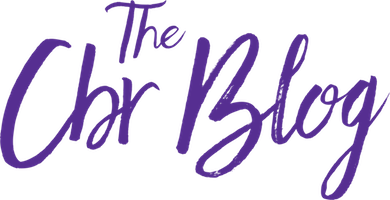Let’s start with an odd analogy: Postal delivery packages. Every day, millions of them are sent around the world, each carrying a specific item.
Now, picture the sender and recipient as two different cells. The package being delivered, in this case, is something called an “exosome”: a small container transporting important items from one cell to another.
Scientists think “extracellular containers” like exosomes are part of how stem cells may be able to influence the body’s internal repair system. The hope is that science may one day harness the power of exosomes in several ways.
Let’s see how.
First, a quick recap of cord blood stem cells
A baby’s umbilical cord is made of tissue and contains a small amount of blood. Cord blood is well-known as a valuable source of powerful stem cells. These cells are like our body’s own personal repair kit and may be able to help it heal in new ways.
Some of these new ways of helping the body heal itself are being investigated in regenerative medicine, a new approach to treatment under evaluation in clinical trials. Cord blood is being studied as a potential treatment in regenerative medicine because it’s known to help reduce inflammation and regulate the immune system. And exosomes may provide a clearer picture of how these occur.
Exosomes and regenerative medicine
Cells (including stem cells) might be working in regenerative medicine by communicating with each other and sending signaling molecules to damaged areas to facilitate repair.
Enter exosomes. They can best be described as specialized packages that cells “ship” to one another. These tiny, fluid-filled sacs move important proteins and molecules that can influence the behavior of nearby cells and cells that are much further away.
Exosomes can carry fats, proteins, and other beneficial molecules to cells that need them. As the study notes: “In particular, it has been suggested that extracellular vesicles derived from stem cells may deliver specific signals to the microenvironment, regulating cell proliferation and differentiation and tissue regeneration.”
Translation: Exosomes, and the beneficial molecules they carry, may be able to stimulate injured cells and kickstart their repair.
Exosome-based signaling may represent one of the ways cord blood and cord tissue stem cells influence other biological processes to help the self-healing process. If that turn out to be true, exosomes derived from umbilical cord stem cells could be harnessed in the future to better target injured cells and optimize the delivery of beneficial molecules.
In fact, some scientists believe that we can influence the exosomes to help facilitate better communication between cells. That means one day we may be able to help them send the right molecules to the right cells, at the right time.
Although exosomes are in a pre-clinical trial phase, scientists are excited about their possibilities. This research is in an earlier phase than gene therapy, but it still provides a glimpse into a future with even more specialized uses for stem cells, including newborn stem cells. It’s possible that families who preserve cord blood and cord tissue now may have a wider array of options in the future.
As always, we’ll keep you posted as research moves forward!


